Apple Inc. is said to be testing a sleep monitor for a future version of its smartwatch, a feature that would bolster the company in the health- and fitness-tracking market.
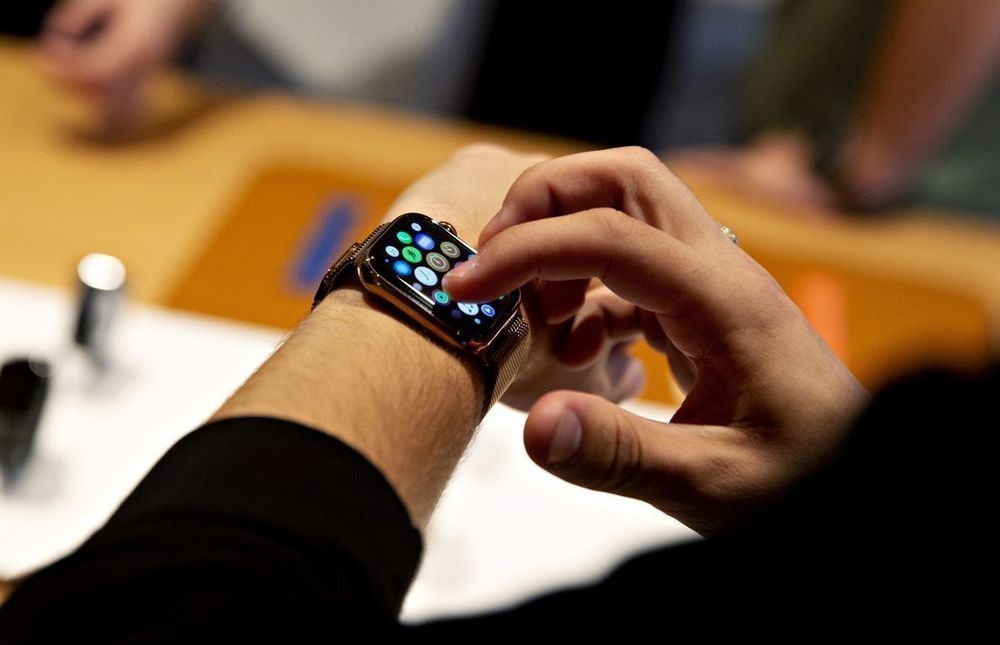


Questions about using technologies like CRISPR to gene edit human embryos gained immediacy last month, when Chinese scientists claimed to have edited the genes of two babies in order to protect them against HIV — a move that prompted an international outcry, but also questions about when the technology will be ready for human testing.
“People appear to realize there’s a major question of how we should oversee and monitor use of this technology if and when it becomes available,” Columbia University bioethicist Robert Klitzman told the AP of the new research. “What is safe enough? And who will determine that? The government? Or clinicians who say, ‘Look, we did it in Country X a few times and it seems to be effective.
READ MORE: Poll: Edit baby genes for health, not smarts [Associated Press].
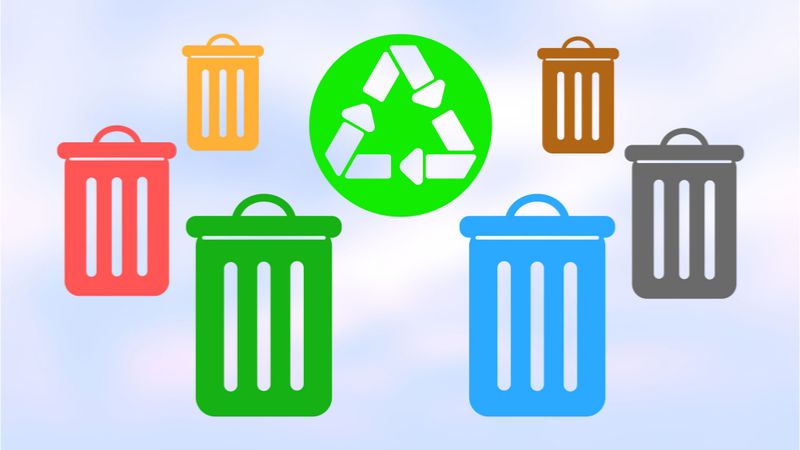
In order to remain healthy and functional, cells have a number of maintenance systems that help them to dispose of metabolic waste and unwanted proteins. Autophagy is perhaps the best-known example of how cells purge their waste, and another is the ubiquitin-proteasome system (UPS). Researchers are working on ways to boost the activity of the UPS to improve cellular health.
The ubiquitin-proteasome system
During normal cellular function, proteins being constructed in the cell can sometimes become misfolded and start to accumulate over time, which can cause the cell to become dysfunctional and encourage diseases such as Alzheimer’s to develop as the system gums up with bent and broken proteins.
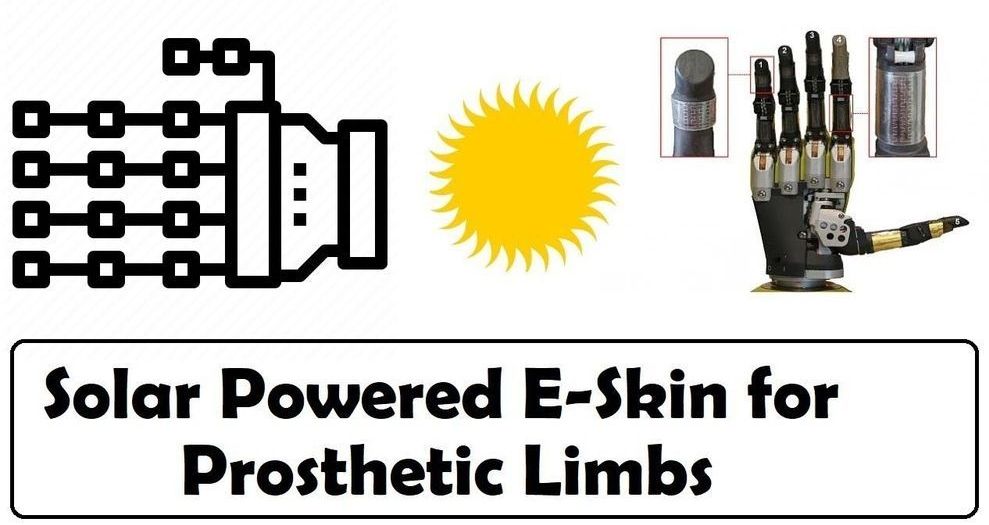
Recently University of Glasgow developed a Graphene based E-Skin for prosthetic limbs. The research started with making a prosthetic arm that could sense even the minutest of pressure for gripping soft objects. It eventually yielded a prosthetic limb that was also self powering.
This was because of the development of Graphene based supercapacitors.
Graphene is now being explored for wearable electronics and health pathes because of its flexibility and ability to pick the smallest of signals.
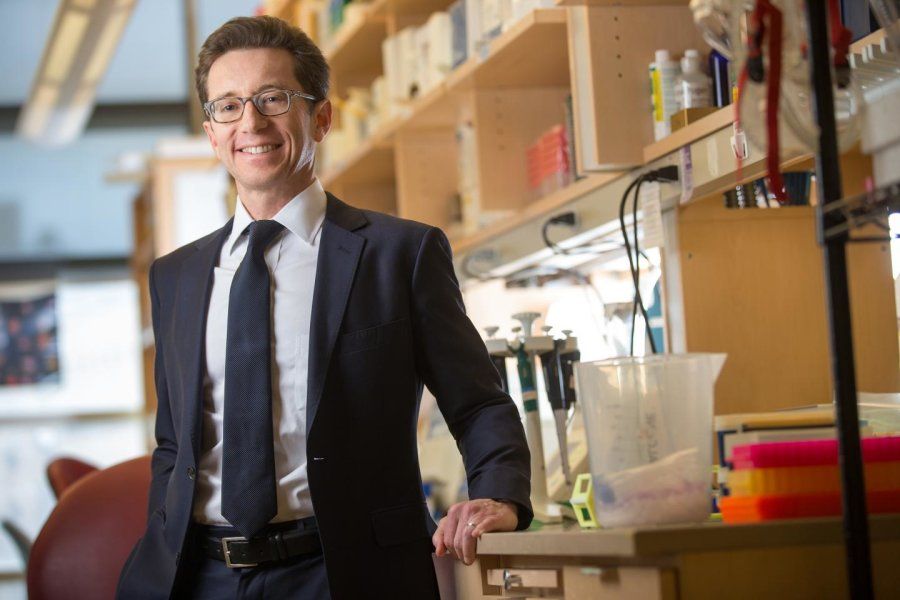
A study published today in Cell describes a form of “interspecies communication” in which bacteria secrete a specific molecule — nitric oxide — that allows them to communicate with and control their hosts’ DNA, and suggests that the conversation between the two may broadly influence human health.
The researchers out of Case Western Reserve University School of Medicine, University Hospitals Cleveland Medical Center, and Harvard Medical School tracked nitric oxide secreted by gut bacteria inside tiny worms (C. elegans, a common mammalian laboratory model). Nitric oxide secreted by gut bacteria attached to thousands of host proteins, completely changing a worm’s ability to regulate its own gene expression.
The study is the first to show gut bacteria can tap into nitric oxide networks ubiquitous in mammals, including humans. Nitric oxide attaches to human proteins in a carefully regulated manner — a process known as S-nitrosylation — and disruptions are broadly implicated in diseases such as Alzheimer’s, Parkinson’s, asthma, diabetes, heart disease, and cancer.

Because there’s not yet an FDA-approved version of this treatment, most medical providers don’t yet offer it. So most patients can get it only by enrolling in research studies, of which there have been dozens in recent years.
Patients Find Relief For Food Allergies In Oral Immunotherapy Treatment : Shots — Health News Many parents of kids with life-threatening food allergies live with fear, EpiPen in hand. Some are trying oral immunotherapy, a treatment that can help patients build tolerance to foods like peanuts.
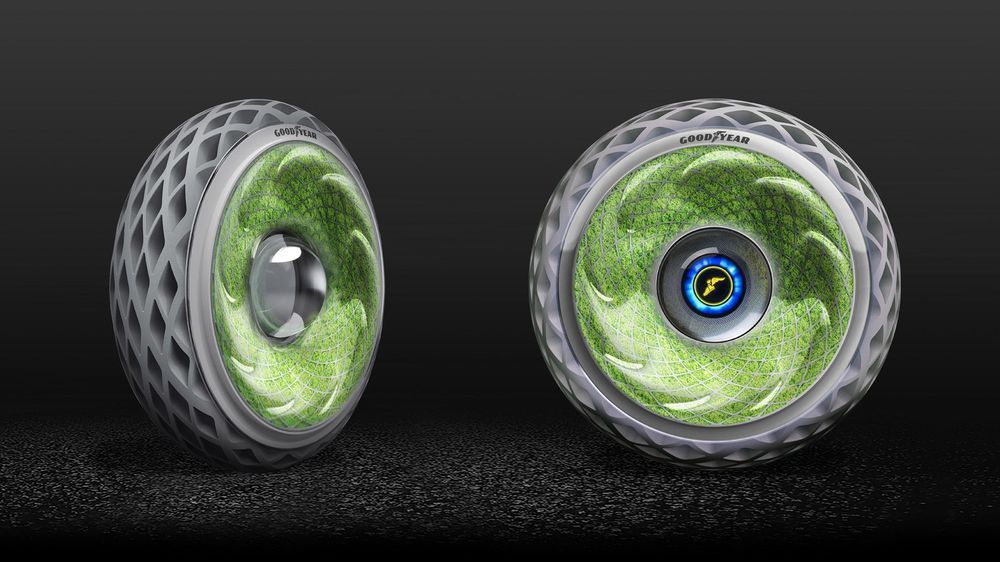
This 3D-printed concept wheel by tyre manufacturer Goodyear uses living moss to absorb moisture from the road, before converting it into oxygen through photosynthesis.
The Oxygene tyre was revealed at this year’s Geneva Motor Show that officially kicked off yesterday, 8 March 2018.
The concept is a response to research conducted by the World Health Organisation (WHO) that revealed more than 80 per cent of people who live in urban areas are exposed to air quality levels deemed to be unsafe.
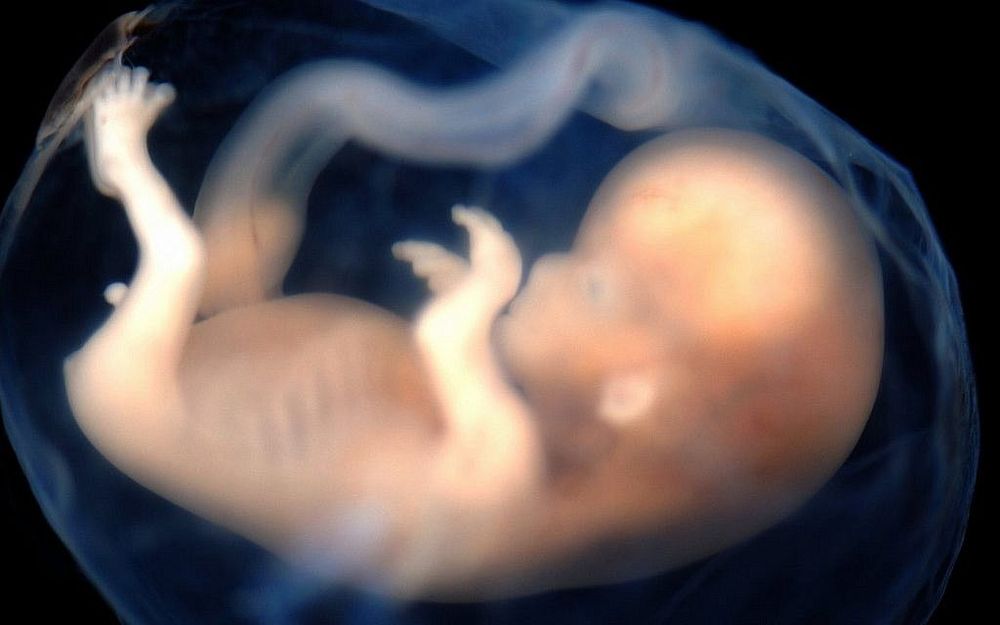
Researchers at Tel Aviv University say they have developed a new, noninvasive method of discovering genetic disorders that can let parents find out the health of their fetus as early as 11 weeks into pregnancy.
A simple blood test lets doctors diagnose genetic disorders in fetuses early in pregnancy by sequencing small amounts of DNA in the mother’s and the father’s blood. A computer algorithm developed by the researchers analyzes the results of the sequencing and then produces a “map” of the fetal genome, predicting mutations with 99 percent or better accuracy, depending on the mutation type, the researchers said in a study published Wednesday in Genome Research.
The algorithm is able to distinguish between the genetic material of the parents and that of the fetus, said Prof. Noam Shomron of Tel Aviv University’s Sackler School of Medicine led the research, in a phone interview with The Times of Israel.